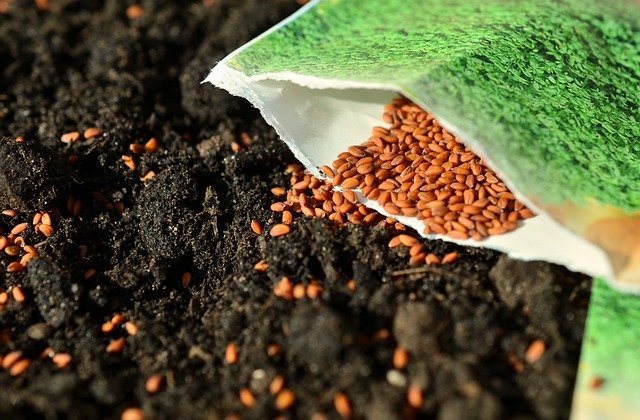
Shipping seeds through the mail has become common among gardening enthusiasts. Because of their manageable sizes, seeds can be easily placed in padded envelopes and sent via USPS.
When shipping seeds abroad is a bit more complicated than sending them locally and in small quantities. Laws regarding the shipment of seeds internationally vary from country to country. In the US, it’s legal to ship seeds and plants domestically as long as they are not endangered or included in the invasive/prohibited list of the state you’re shipping to. The shipment should also be small quantities of no commercial value. Otherwise, you might need to present permits such as a Phytosanitary Certificate.
Obtaining a Phytosanitary Certificate requires fees that may include sample collection fees, testing fees, certificate fees, and administrative fees. Phytosanitary certificates will be issued only if your product samples test negative for diseases and pest infestations.
For ordinary plant and garden enthusiasts who swap seeds with one another via mail, there should be no problem as long as they are sending domestically and in small quantities. The problem lies in the packaging. If seeds are packed haphazardly, they could get crushed during the shipping process. Packages are subjected to different postal machinery and equipment during the shipping procedure so it should be placed in a sturdy package that can provide superior protection. Here are some helpful tips on how to properly pack and ship seeds.
Only ship seeds that have been properly dried. Excess moisture can cause molds that can harm the seeds.
Bubble mailers may not provide optimum protection for the seeds. The post office may use a machine to stamp packages and if not properly padded, the seeds may get crushed during this procedure.
Place delicate seeds in small boxes or vials before placing them in bubble mailers. This will protect them from getting crushed.
When shipping different varieties of seeds, place each variety in paper packets or envelopes with proper labels before packing them together.
